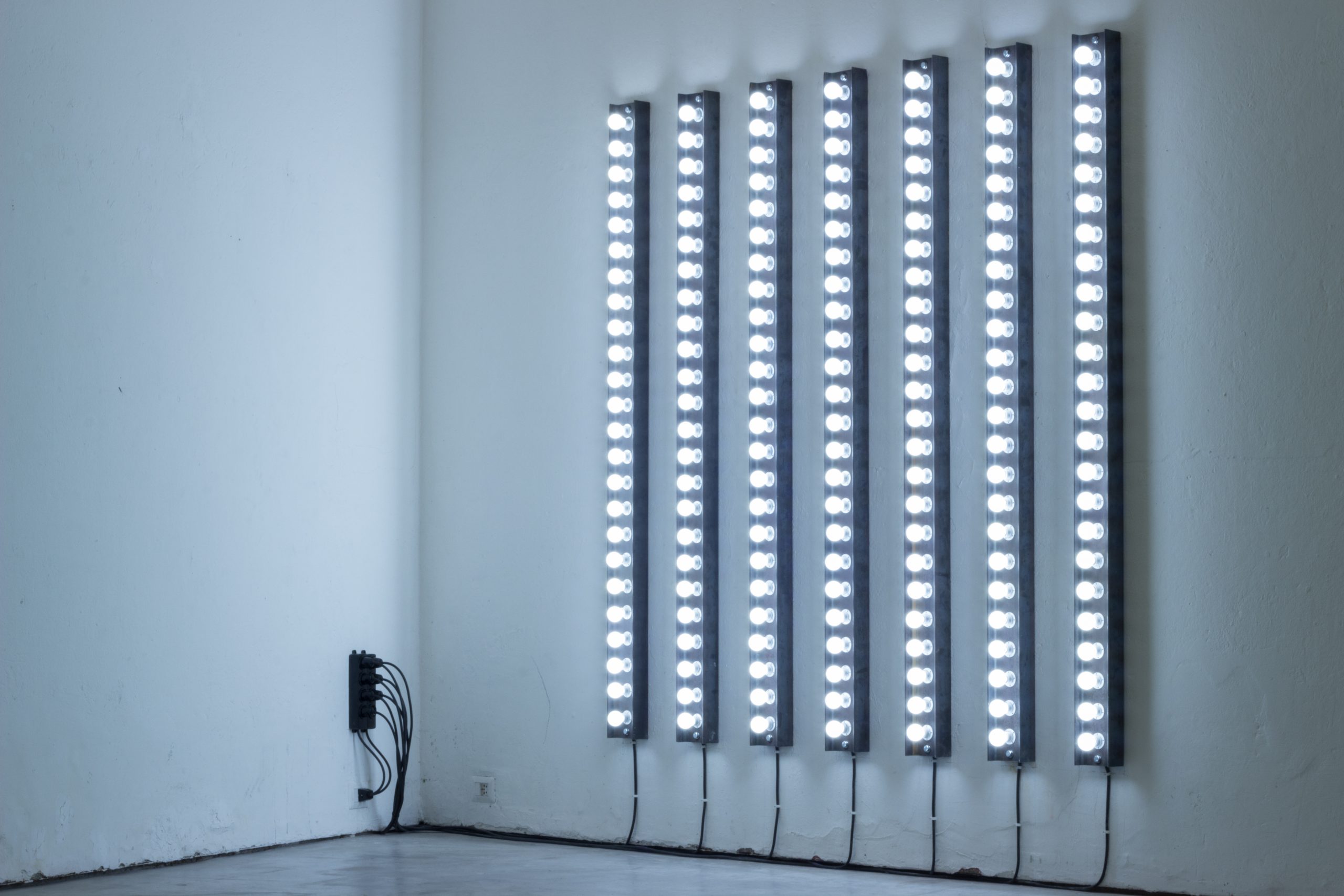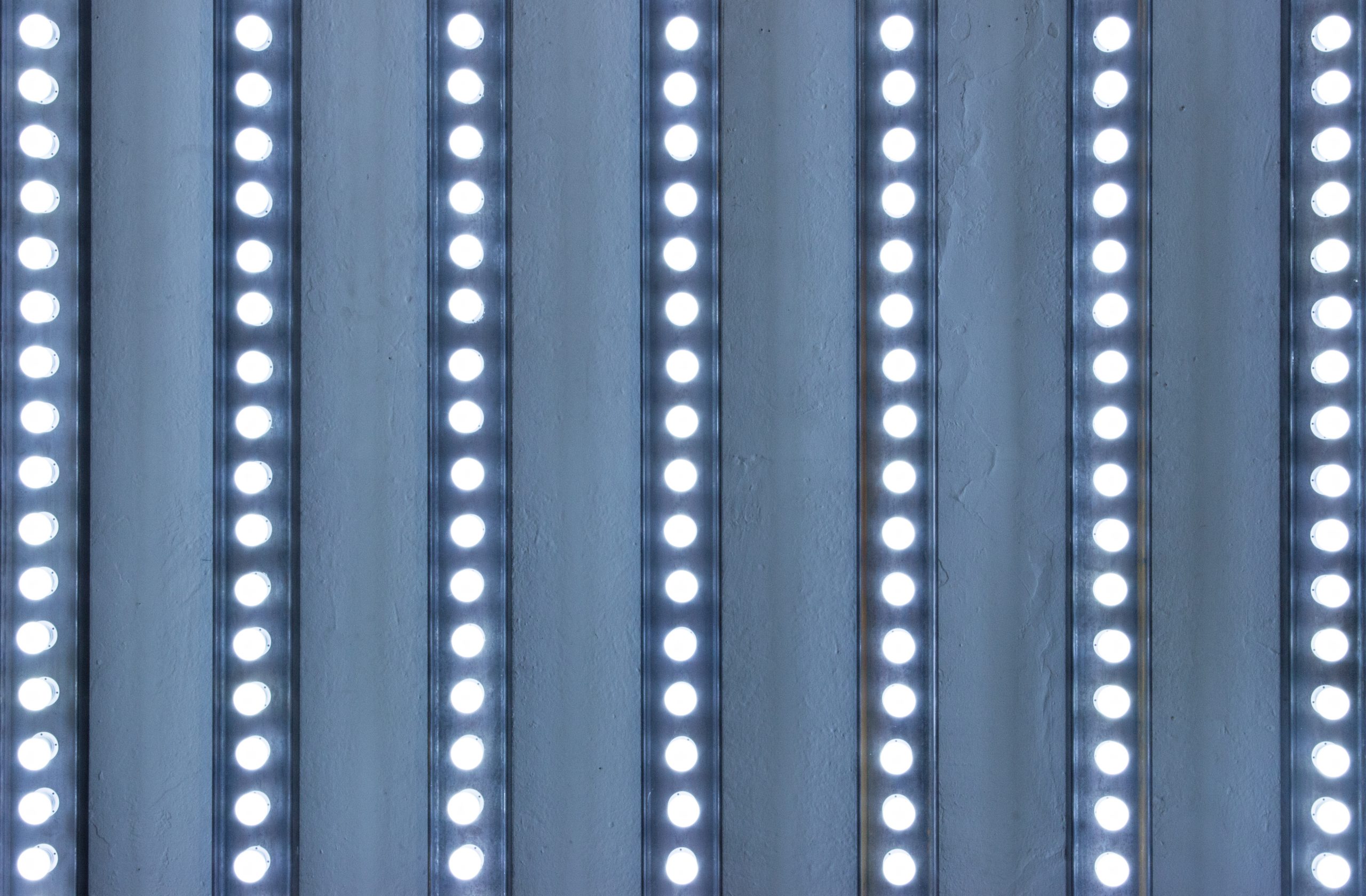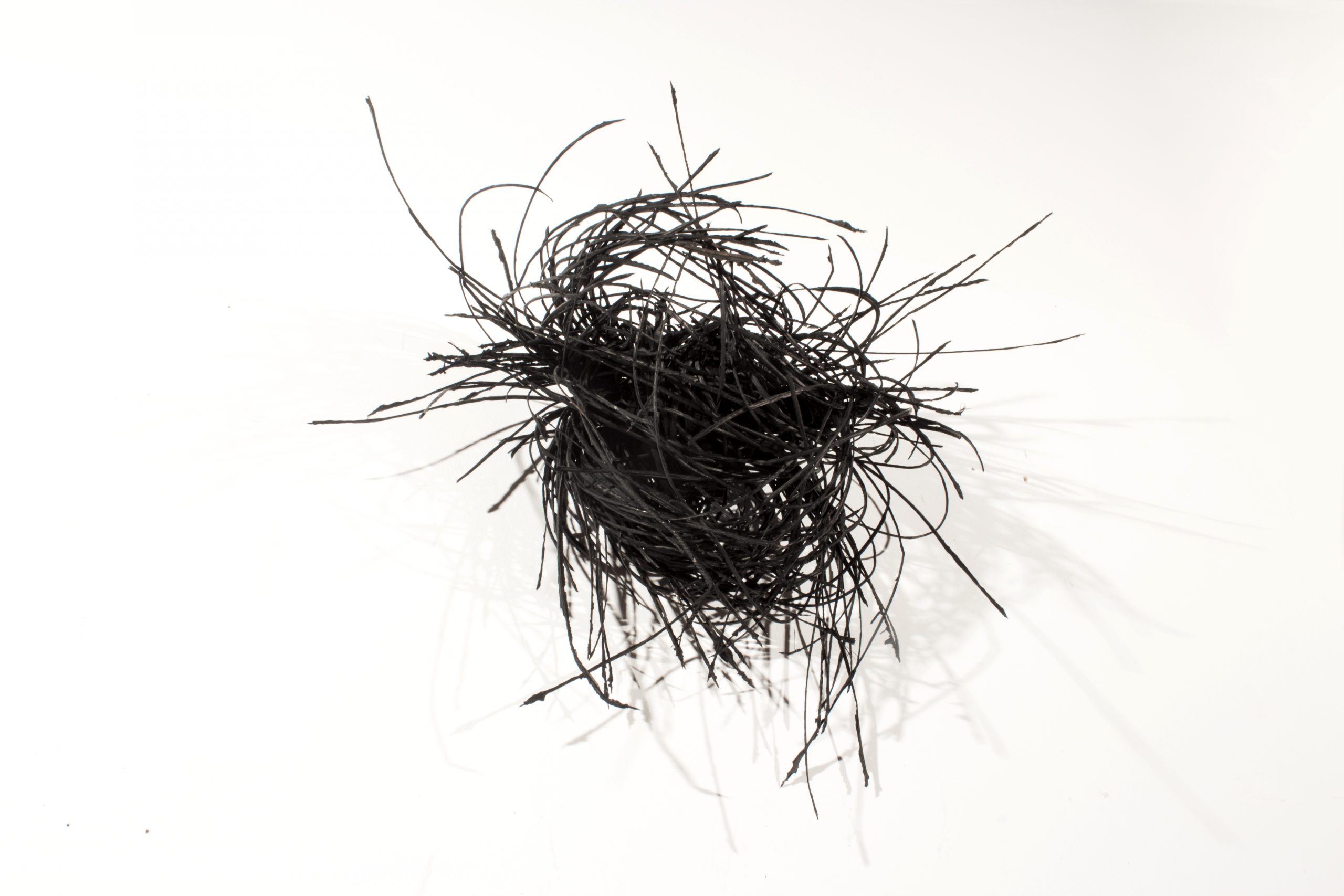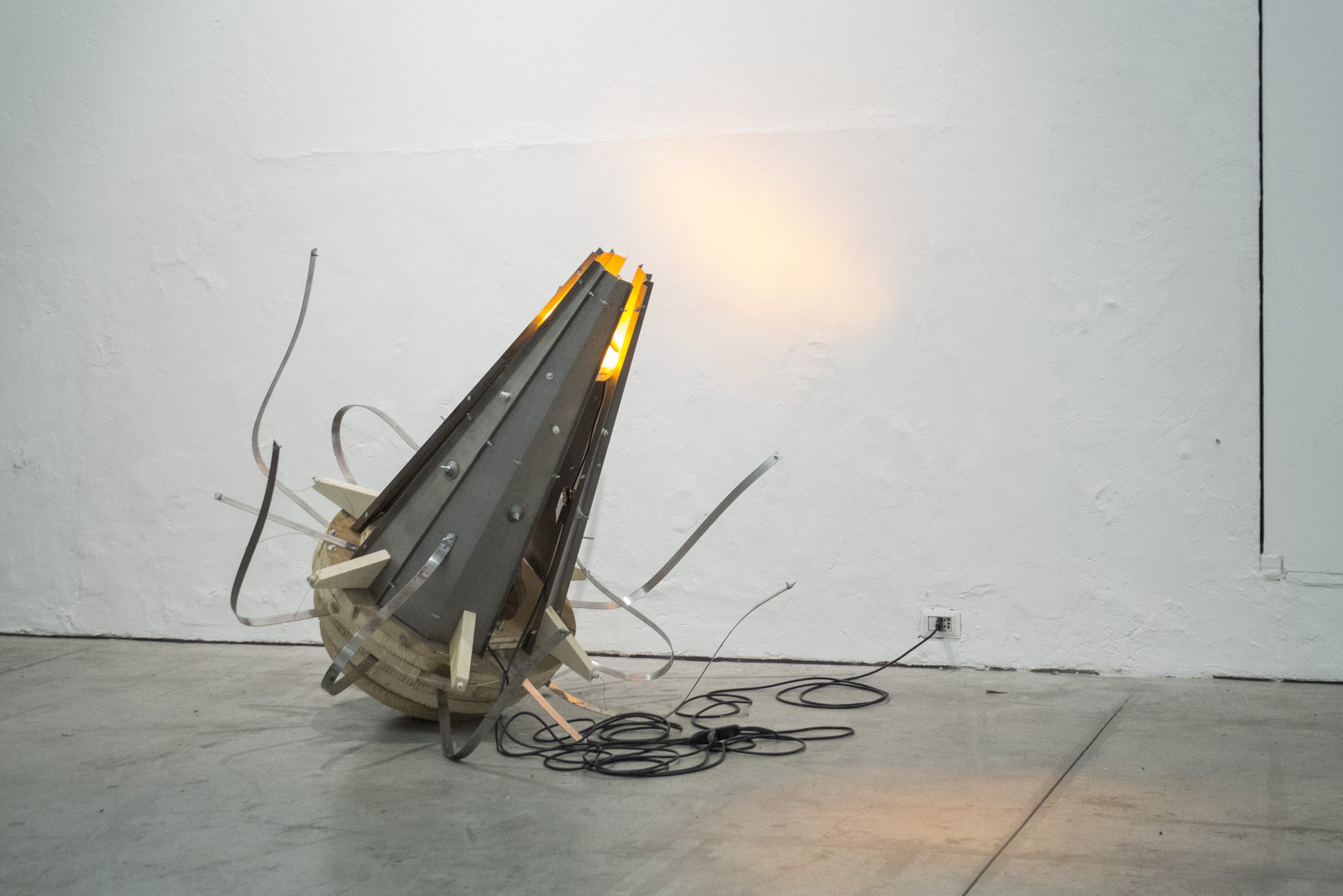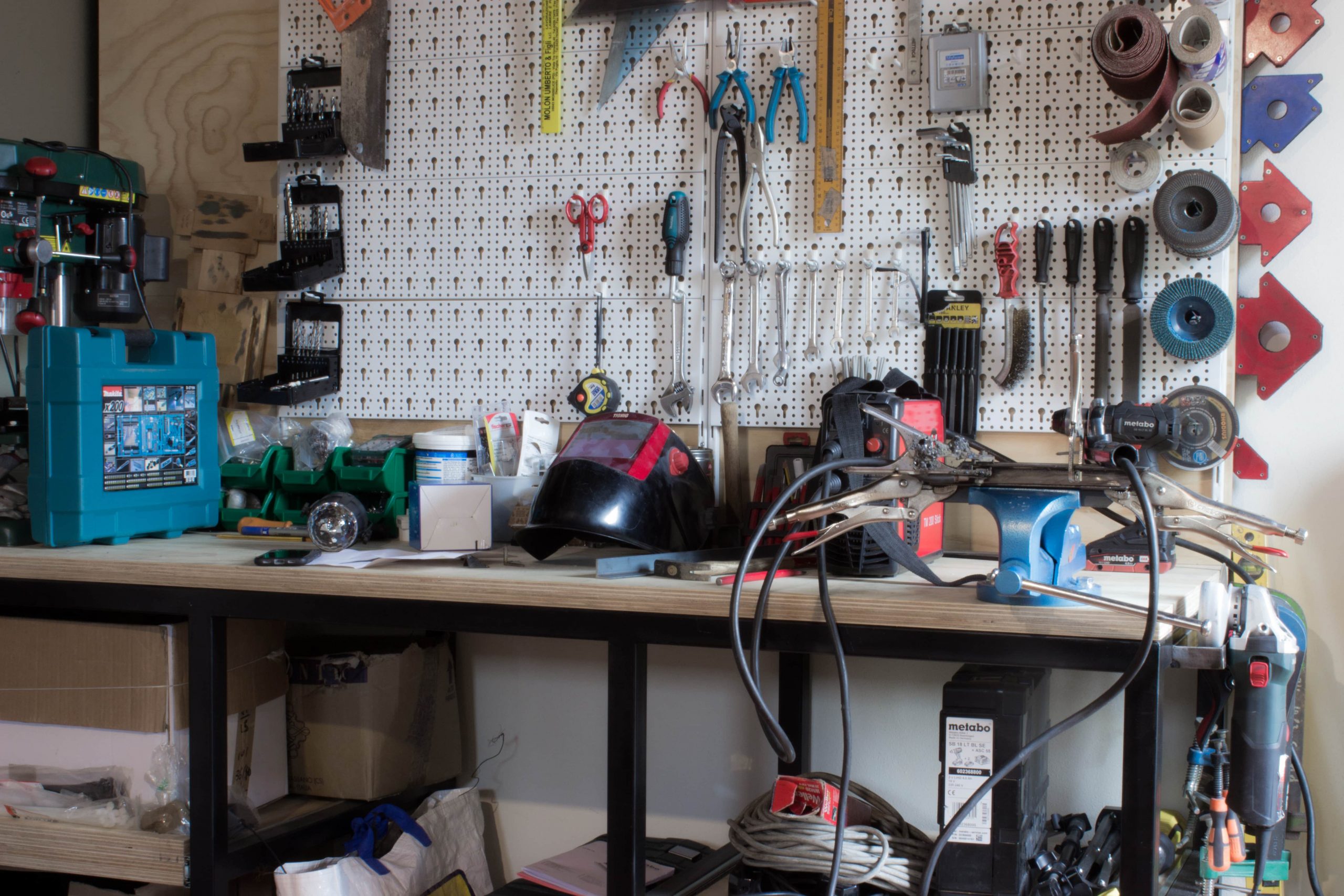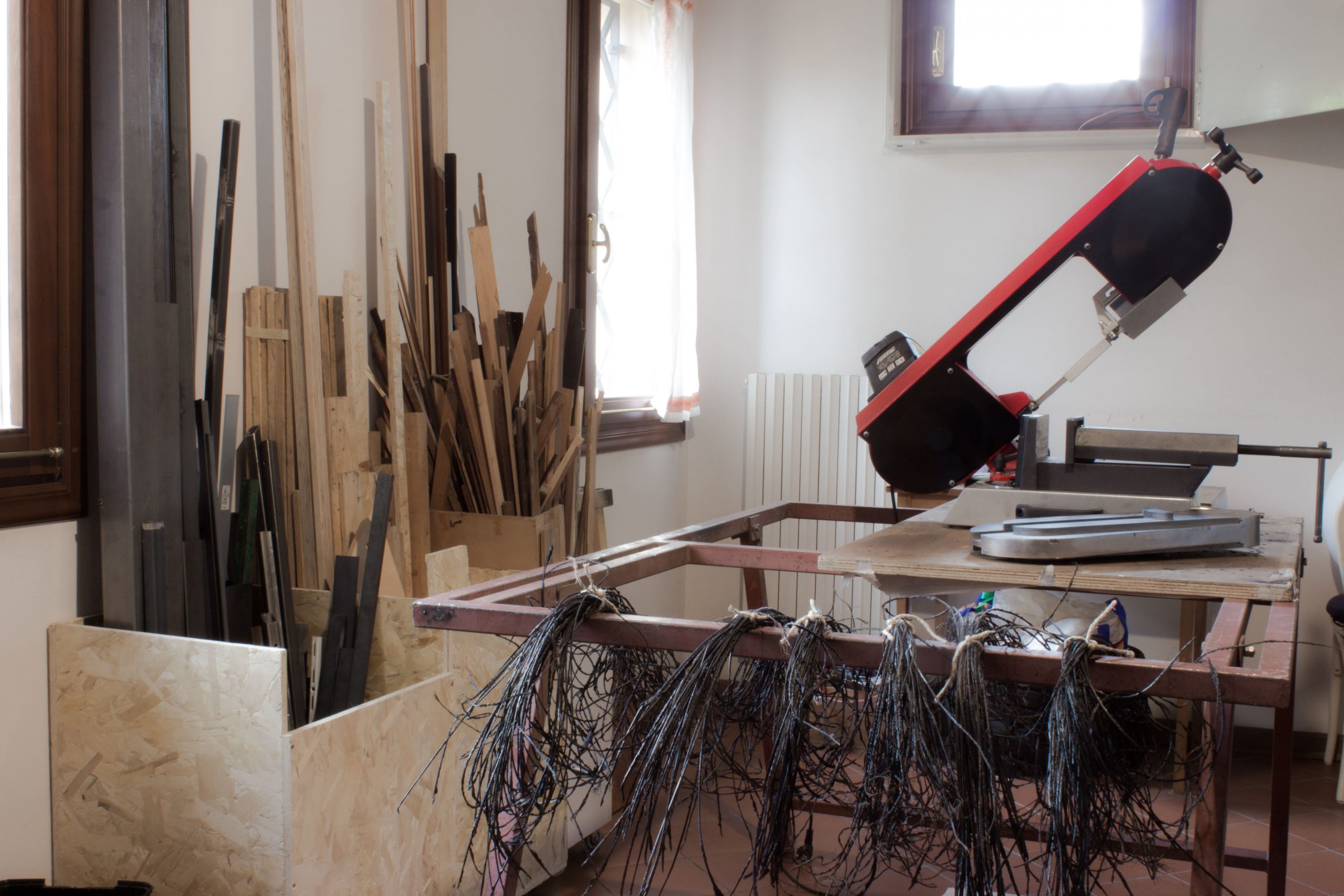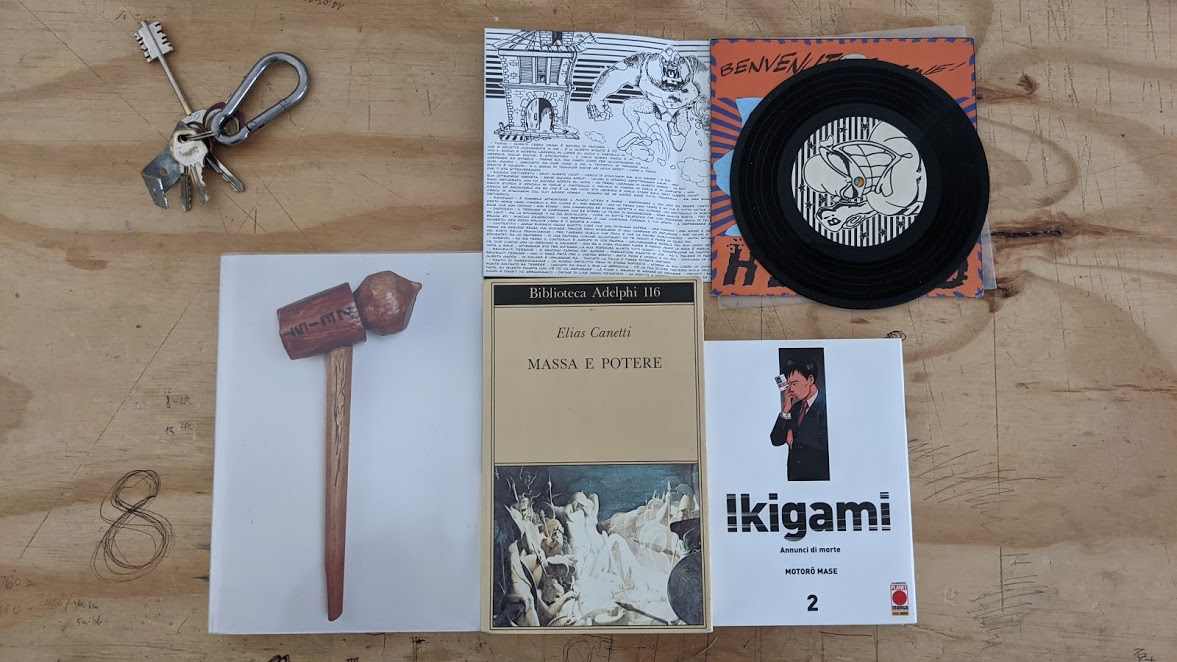
In an interview, you defined your artistic research as a “compulsive reproduction of structures, forms and actions that are lean and concise”. Many elements of reflection about your practice come from the social interaction that is created in contexts such as countryside festivals. How does the current condition of physical distancing influence your artistic practice?
My latest productions have come to an abrupt and deliberate halt. Or rather, I think I hit the brakes hard, accelerating and skidding on the spot. I have instituted rules that are simultaneously more rigid and more elastic to develop a purpose while avoiding possible contradictions. I allowed more time for the structuring of a work, pinning insights around the core of the question: a narrative process to gain clarity, focus, and to find meaning. I believe that an action without a development of overlapping, accumulation and sedimentation has difficulty in changing and evolving into an idea, or an alleged idea.
In this last year I have dedicated myself to Altro Giro, Altra Corsa (“Another tour, another race”), the most rigid and (un)disciplined project I have worked on so far. Fundamental to this experience has been an event with unexpected consequences that started the project. The first chapter of this story has as its central node the bumper car keys, the universal keys that give access to free rides on the carousel, and then to the conflict, the clash, the self-contest. There are three ways to possess such keys: to be the owner of the merry-go-round, to steal them from the latter, or to reproduce them by creating an extension of a token through the ingenuity of do-it-yourself.
The protagonist of the story is a skilled worker who helped donate the raw material for four sculptures. These are an exact enlarged copy of these universal keys. The iron, the material of which they are made, has been taken away by the worker at the metal-working plant where he works. The decision came after twelve years of repeated exploitation, of paradoxical situations amplified during the pandemic. The risk of the theft of almost a quintal [100 kg] of iron is being repaid in litres of craft beer. This iron-beer barter has been agreed upon with a contract!
The work is the meeting point, the intersection between the artist and the public. I believe that in this historical period, making art should not be a palliative to one’s own situation, a purely soothing activity, or that one’s practice should be sucked in and drowned by the exercise of style, by replication as an end in itself, which opens up pathological drifts of the ego. If work dwells in these recesses, in my opinion, a dissipating, watered-down environment is created. Being the only player in a game of trumps is a bit difficult.
Altro Giro, Altra Corsa
You define your works as mechanisms that “investigate […] the projection of possibilities and technological acceleration.” What projections can we expect in 2022 in terms of change, acceleration, and possibility, especially in the arts?
I wish for a flattening of vertiginous verticalisms. As far as my research is concerned, I would like to re-instill massive doses of experimentation, to acquire knowledge from the direct experience of a context, a material, a machine, and to go back to closely investigating the new technologies and certain practices linked to them. There is a need to not be contemporary. I still have too little experience to be able to express an all-round, solid, complete judgement. Nevertheless, I think that one’s own system of making art should not be a facsimile of the art system, and that the former differs from and is opposed to certain aspects of the latter in a propositional-belligerent, finely abrasive way.























